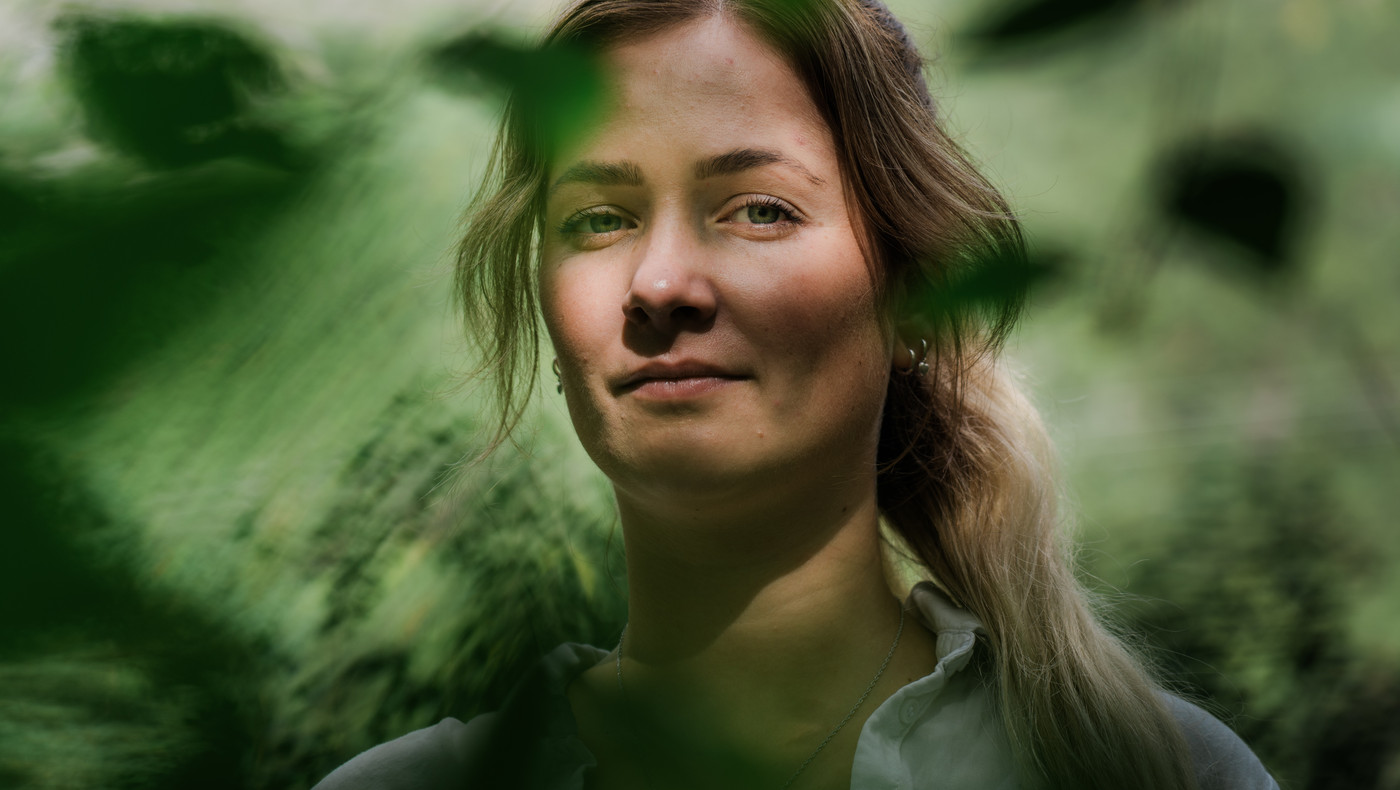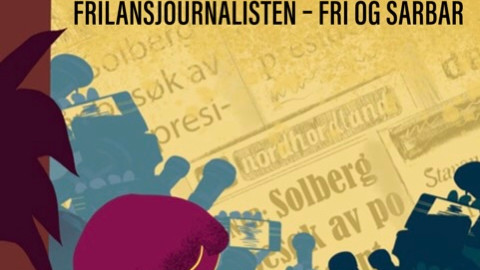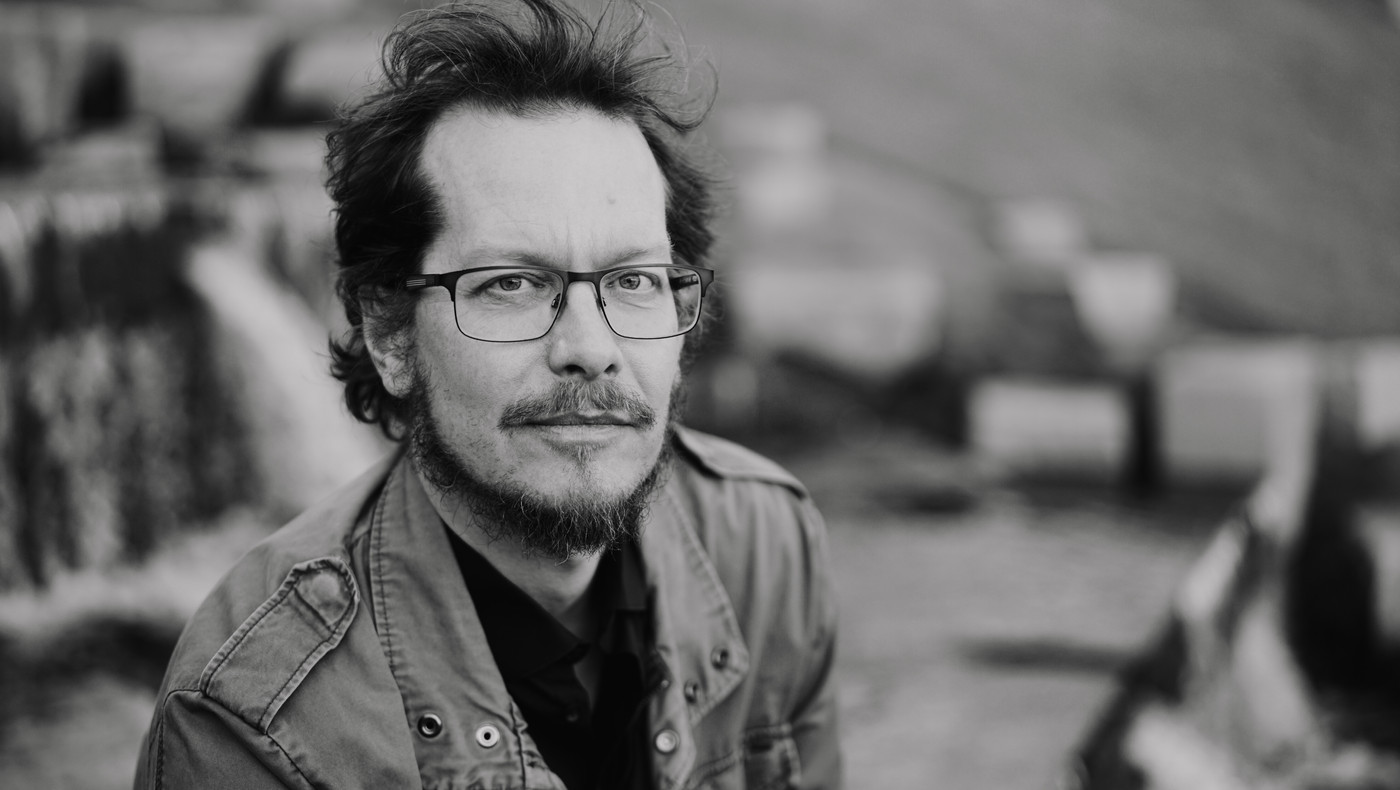Cultural newspaper TBATBA.no and new journalism grants – June 2025
– Cultural journalism is under pressure. Part of the problem is media outlets failing to cover culture in formats and ways that appeal to people under 30, says Ida Madsen Hestman, editor, freelance critic, and founder of TBATBA.no. Last year, she started the kind of publication she herself would want to read.
The magazine TBA is among those awarded funding in June 2025. See the full list of grants in Norsk Journalistikk.
The magazine TBA/TBATBA.NO is a relatively new online cultural publication, known for its early reporting on new cultural trends, such as the folk music trend and rhythmic musical genres like pop piano, rap and Afro-beats. TBA, short for ‘to be announced’, is also known for its in-depth cultural reviews of activities that may be off the beaten track for the major media organisations. This applies to everything from the latest season of the Norwegian series ‘Paradise Hotel’ to short films.
“Cultural journalism and cultural criticism have been under pressure for many years. Perhaps it is not simply that the public has lost interest in culture, but that the format of cultural journalism is not completely up to date,” remarks Ida Madsen Hestman, editor and founder of TBA. She is of the opinion that many editor-led media have not succeeded with their online efforts, or fail to cover culture in ways that appeal to the under-30 demographic. “It’s about user interface, presentation, design and language, among other things.”
" I rarely read paper newspapers anymore. The idea for TBA came about because I had no place to publish articles about things I was interested in and wanted to read about," she continues.
Video in social media – Must capture your attention immediately
They call themselves a cultural platform, and they are a member of the Norwegian Association of the Periodical Press. TBA is run by volunteers and received funding from both Fritt Ord and Arts and Culture Norway in 2024 and 2025. Most readers discover it through Google searches for reviews, although some content is found on social media. One example is the Instagram video from the computer game collection The Gathering, ’Norway’s largest Easter resort’.
“We also want to reach target groups that do not read online newspapers,” says Hestman.
Hestman is a media scientist and critic, and she has studied Art Direction. Accordingly, she is convinced of the importance of aesthetic design to ‘sell’ journalistic content.
“Visibility is the primary currency, and users are more selective about what they choose to click on. Good content is no longer enough. The material has to capture your interest immediately. At the same time, professionalism is a prerequisite, preferably in multiple areas.
“It is important to show that critics can justify their arguments, especially when they are criticising or praising.”
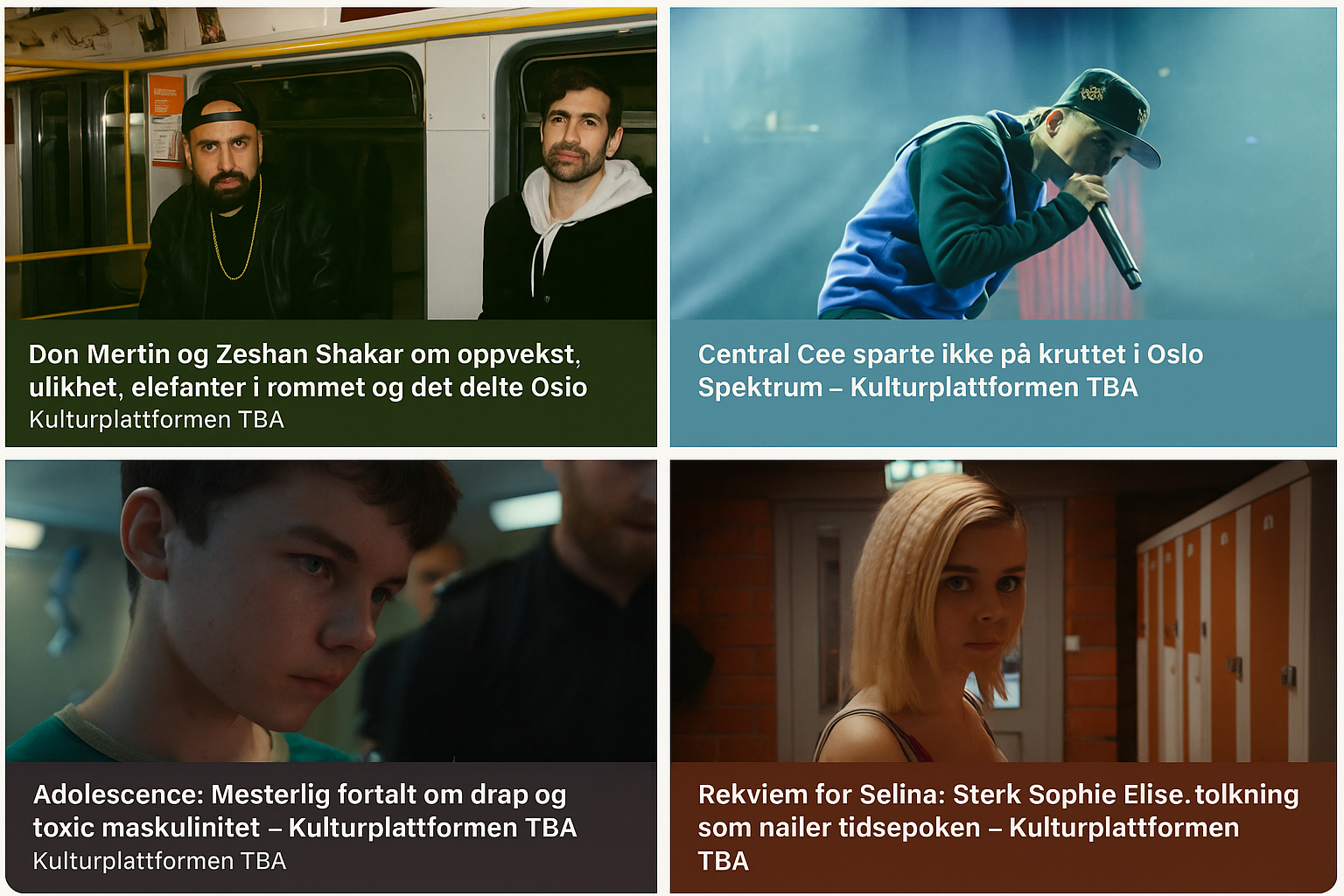
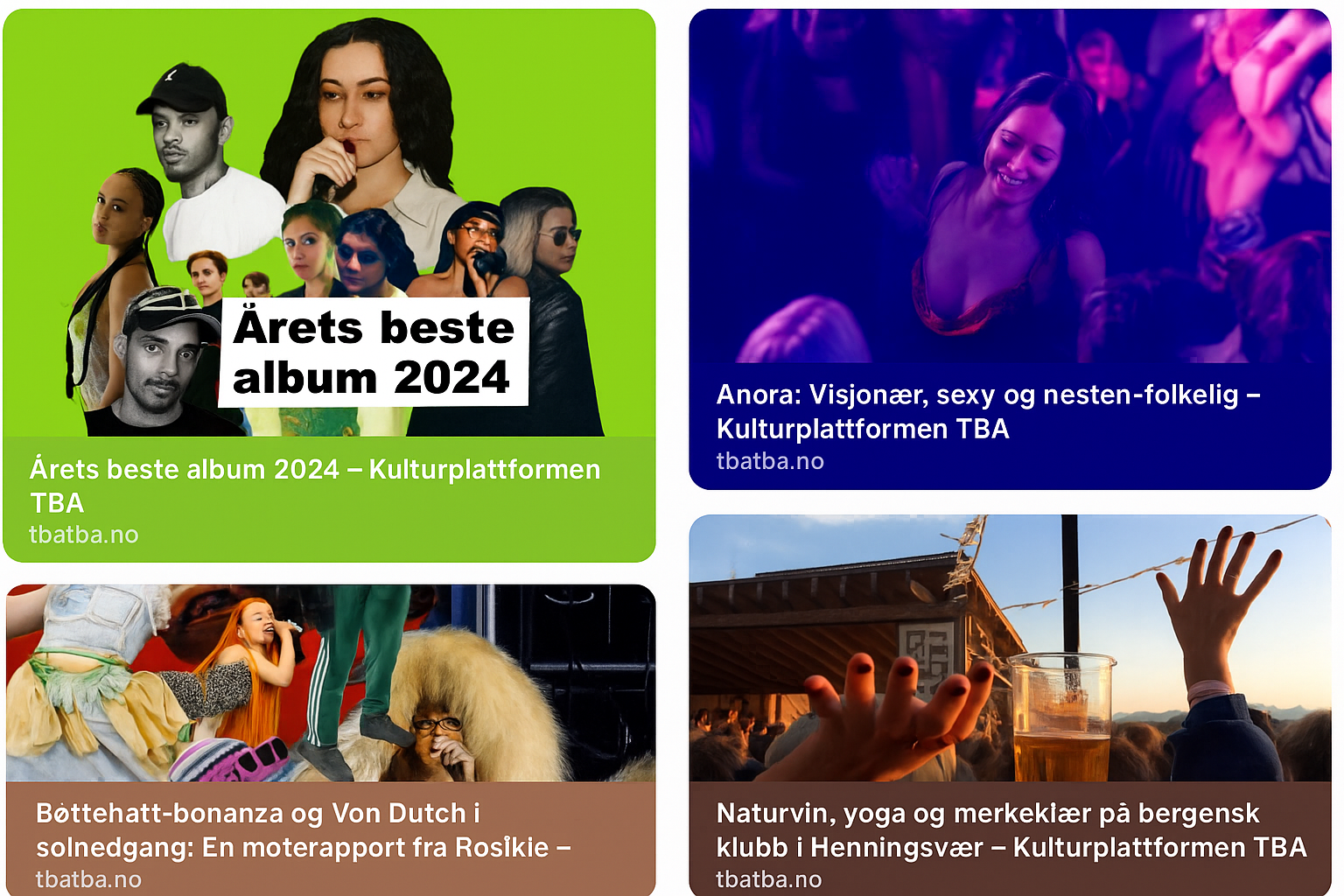
Artificial intelligence is destroying our ability to think for ourselves
Hestman is a freelancer who writes about film, series, pop culture and music, the latter in Klassekampen. She is concerned about the deep cuts being made in cultural affairs departments.
Cultural journalism is part of our cultural capital.
The media bear a responsibility for facilitating good exchanges of ideas about cultural expressions. Some future scenarios stoke fears that we will not be able to put things into words or to come up with new ideas ourselves because we will be overly reliant on artificial intelligence as a substitute for being articulate and thinking independently. That makes it a democracy-related problem when the media are cutting back on criticism and journalism. Figuring out why something is good or interesting, discussing thoroughly and thinking critically are crucial for our ability to reflect. That makes us more open-minded and tolerant, even in polarising times, when propaganda is becoming increasingly subtle. Culture can unify where politics divides," she maintains. She goes on to say that the media’s social mission is to cover relevant cultural material, and that includes daring to produce unpopular material or to convey unpopular opinions, even when doing so results in fewer clicks.
“Not everything can be celebrity gossip.”
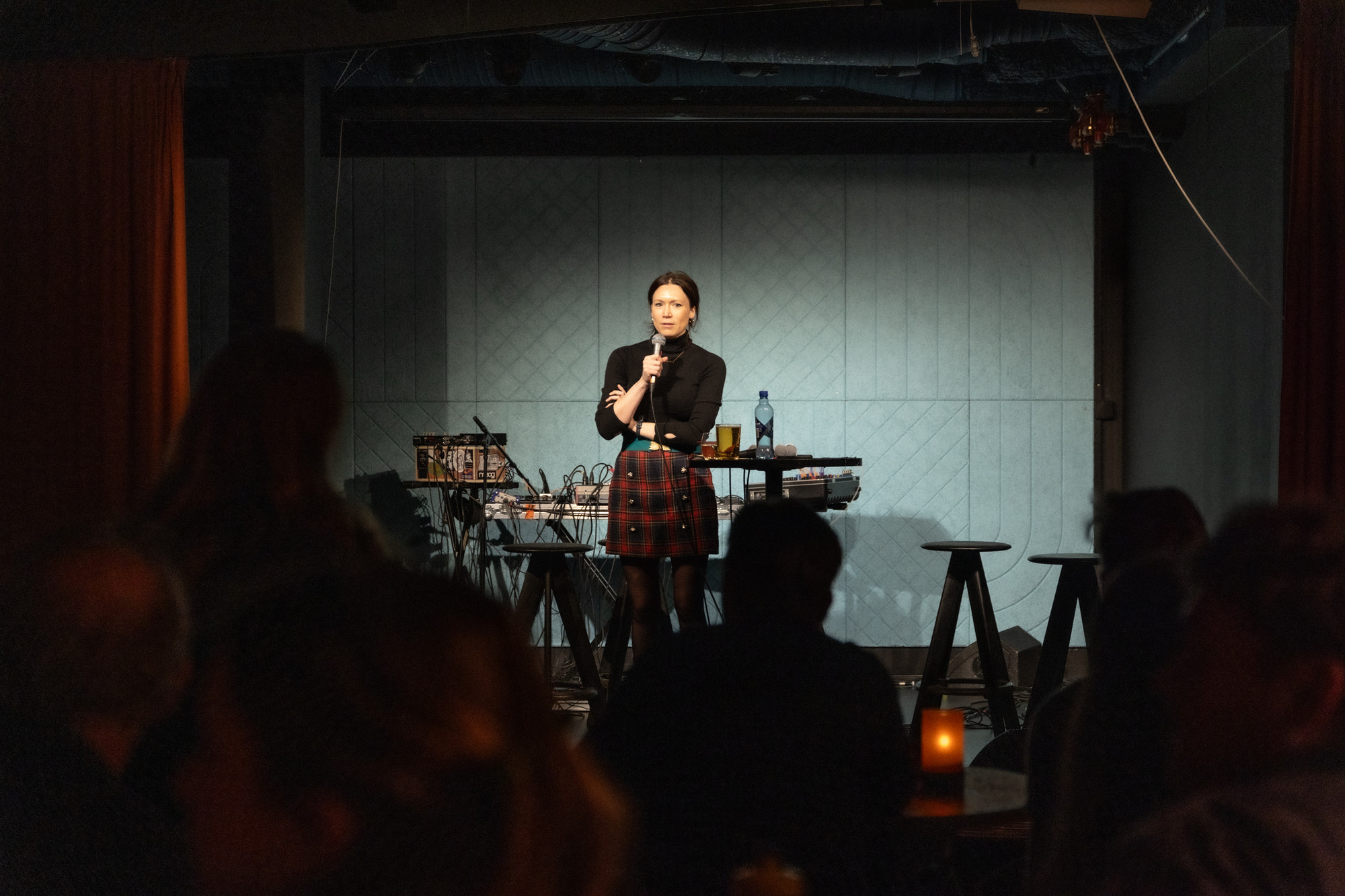
Off the beaten track
Not everything can focus on Oslo or pop music either. TBA also aims to cover Norwegian cultural events outside Oslo, such as the ‘Trevarefest’ (a festival held in what was once a carpentry factory ) in Henningsvær,":https://www.tbatba.no/trevarefest-anmeldelse/, the northern Norwegian cooperative project ‘The New North’, and the short film festival in Grimstad. In addition, the newspaper organises its own debates and produces podcasts. Among other things, TBA has organised a debate on ‘Are there too many Norwegian war films?’, and it produced a podcast on why the east side of Oslo is marginalised in terms of culture, featuring author Zeshan Shakar and rapper Don Martin.
This summer, TBA plans to cover several music festivals and then move on to coverage of cultural policy in the general election in the autumn.
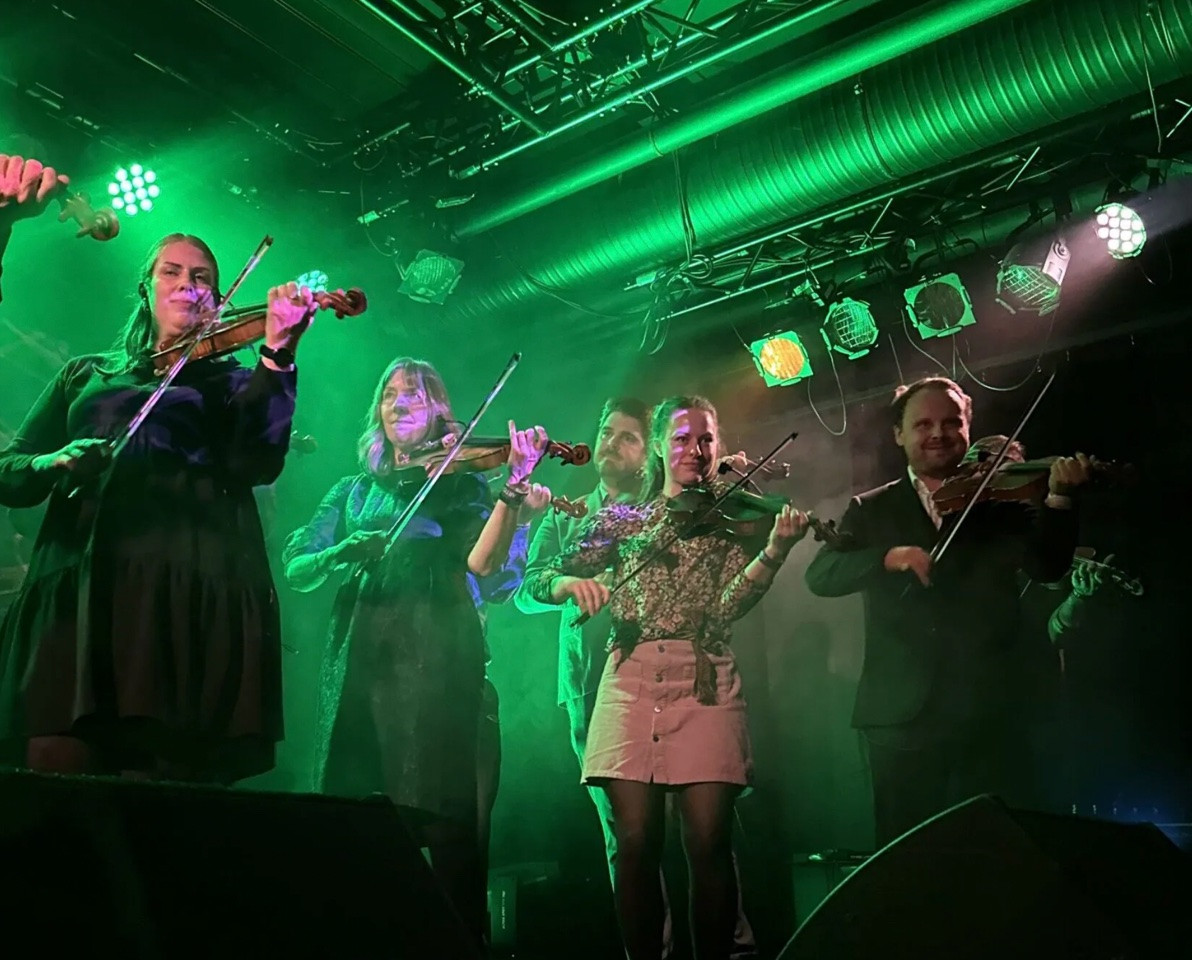
The tyranny of content
TBA also hopes to help reduce the tyranny of content in cultural journalism.
“Following this year’s Spellemann Awards, we created a social media survey, since I found it to be rather taboo for several artists to talk about being ‘nepo babies’ in the music industry. Mention of it made some people uncomfortable. I encounter a lot of people who are unfortunately rather hesitant to state their honest opinions, whether the topic is music, theatre or film.”
“There is far too much consensus in the cultural industry that a particular person, a production team or an institution are good, almost sacred and beyond criticism, even, no matter what they come up with,” she explains.
“One example was Wes Anderson’s new film, ‘The Phoenician Scheme’. I wrote that I feel like I am forcing myself to try to like one Wes Anderson film after another somewhat more than I actually do, and then I feel kind of sorry when I choose to criticise the film, because he is an established, talented creator, almost ’sheltered,” Hestman remarks.
“We cultural journalists are much kinder when reviewing Norwegian content than when reviewing what is produced internationally,” she says.
She sometimes finds it to be so positive that it is tantamount to pure content advertising, in the worst case linked to advance material or to exclusive invitations and interviews.
“Then you realise that there are content creators who appear out of nowhere on TikTok, and who may seem to be engaged in making actual content advertisements for commercial players, disguised as innocent SoMe content. Maybe someone should take a closer look at this!”
Fritt Ord supported TBATBA.no by providing a grant for NOK 100 000 in June, and has also previously provided support for reports and articles.
Grants for applications for more than NOK 100 000 for Norwegian Journalism, June 2025
*Kunnskapsavisen Khrono, Norwegian Journalism: Academic freedom in the USA, NOK 200 000
-
Police Forum, Norwegian Journalism: A survey of violence against police officers, NOK 150 000
*Ung Debatt AS, Norwegian Journalism: 300 young opinions in the public debate, NOK 300 000
*Shuddhashar, Norwegian Journalism: Shuddhashar FreeVoice Issues: ‘Youth’ and ‘Exile and the Afghan Experience’, NOK 75 000
*Good Game AS, Norwegian Journalism: Investigative journalism about computer games, NOK 150 000
* Norwegian Association of the Periodical Press, Norwegian Journalism: Journal debates, autumn 2025, NOK 100 000 - Culture platform TBA – TO BE ANNOUNCED, Norwegian Journalism: Criticism and cultural journalism, summer and autumn 2025, NOK 100 000
-
Faktisk.no AS, Norwegian Journalism: The impact of political influence, NOK 300 000
*Rushprint AS, Norwegian Journalism: Rushprint, NOK 200 000
*Vagant AS, Norwegian Journalism: Vagant Europe, latter half of 2025, NOK 75 000
*Grace Tabea Tenga, Norwegian Journalism: ‘Black and subversive artistry in a time of division’, NOK 50 000
*5080 Nyhetskanalen AS, Norwegian Journalism: The satirical project ‘Election Observers’, NOK 100 000
*Universitetsavisa, Norwegian Journalism: Academic freedom of speech in Trump’s USA, NOK 75 000
*Frilanslivet AS, Norwegian Journalism: Queer voices in the field of culture – podcast and series of articles, NOK 75 000

